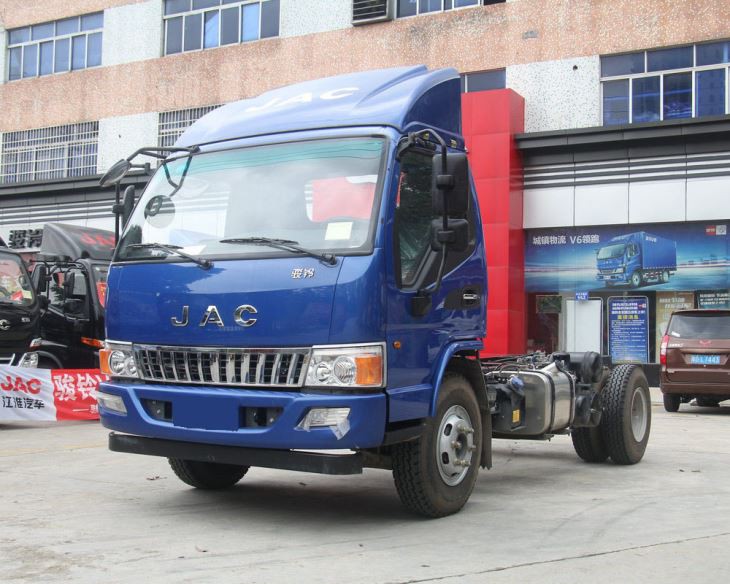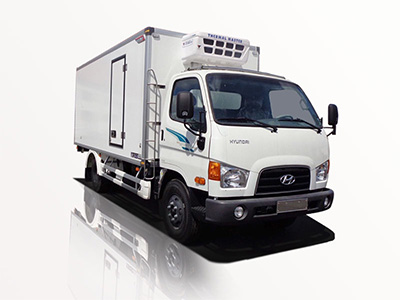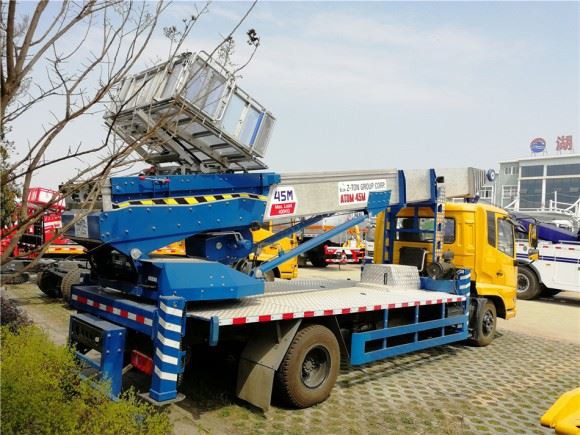Truck hook lift systems are essential tools for various industries requiring efficient material handling and waste management. These systems allow for the easy loading, unloading, and transport of heavy containers, making them a practical choice for construction sites, recycling centers, and municipal waste operations. In this article, we will delve into the specific features, advantages, and applications of truck hook lifts, equipping you with valuable insights and practical examples.
What is a Truck Hook Lift?
A truck hook lift is a type of hydraulic system used to lift, lower, and transport containers or bins. The system incorporates a hook mechanism that attaches to the container, allowing for quick and efficient loading and unloading. This technology is highly valued in industries where flexibility and mobility are paramount.
Components of a Hook Lift System
| Component | Description |
|---|---|
| Hook Arm | The primary mechanism that lifts and lowers the container. |
| Hydraulic System | Powers the hook arm and enables smooth operation. |
| Container | The bin or receptacle that is loaded and transported by the truck. |
| Truck Chassis | The vehicle that carries the hook lift system, allowing for mobility. |
How Does a Truck Hook Lift Work?
The operation of a hook lift system is straightforward. The process generally involves the following steps:
- Approach the Container: The truck lines up with the container that needs to be lifted.
- Engagement: The hook mechanism engages with the container’s lifting points.
- Hydraulic Activation: The hydraulic system activates, lifting the container off the ground.
- Transport: Once lifted, the truck can drive to the designated location.
- Unloading: The hydraulic system lowers or rolls out the container at the destination.
Advantages of Using Truck Hook Lifts
Truck hook lifts offer several advantages that make them a popular choice in various sectors:
1. Versatility
Hook lift systems can handle different container sizes and types, making them suitable for diverse applications.
2. Efficiency
The quick loading and unloading capabilities save time and reduce operational costs, enhancing productivity.
3. Safety
Using hydraulic systems significantly reduces the risk of manual handling injuries, improving workplace safety.
4. Space Saving
Truck hook lifts allow for better space utilization by enabling vertical stacking of containers when not in use.
Common Applications of Truck Hook Lifts
Truck hook lifts are utilized in a variety of industries, including:
1. Construction
Construction sites often produce waste that requires quick removal and transport. Hook lifts facilitate the rapid handling of debris containers.
2. Waste Management
Municipal waste services use hook lifts to transport various types of waste containers to and from collection points efficiently.
3. Recycling
Recycling centers benefit from hook lifts for transporting recyclable materials in different containers, ensuring a smooth workflow.
4. Landscaping
Landscaping companies use hook lifts for transporting soil, mulch, and other materials, saving time and labor.
Choosing the Right Truck Hook Lift
When selecting a truck hook lift, consider the following factors:
1. Capacity
Determine the weight and volume of the containers you will be using.
2. Truck Compatibility
Ensure the hook lift system is compatible with your specific truck model for optimal performance.
3. Hydraulics Quality
Invest in a high-quality hydraulic system for better efficiency and reliability.
4. Maintenance
Consider the ease of maintenance and availability of replacement parts for long-term use.
Practical Tips for Operating Hook Lifts
To maximize the efficiency and safety of your truck hook lift system, heed the following tips:
1. Regular Maintenance
Schedule routine checks and servicing for the hydraulic system to ensure smooth operation.
2. Operator Training
Provide comprehensive training for operators to handle the equipment safely and efficiently.
3. Load Management
Always adhere to the weight limits specified by the manufacturer to prevent accidents.
4. Safety Gear
Equip operators with the necessary safety gear to minimize risks during loading and unloading.
Common Problems and Solutions
Like any machinery, truck hook lifts can encounter issues. Here are some common problems and their solutions:
1. Hydraulic Leak
Check for loose fittings and damaged hoses. Replace faulty components immediately.
2. Uneven Load Distribution
Ensure that loads are evenly distributed within the container to prevent tipping during transport.
3. Mechanical Failure
If the hook lift stops working, inspect the hydraulic pump and motor for potential repairs.
Table: Common Issues and Solutions
| Issue | Solution |
|---|---|
| Hydraulic Leak | Check fittings and hoses; replace damaged parts. |
| Uneven Load | Rearrange loads for even distribution. |
| Mechanical Failure | Inspect and repair pump and motor. |
Frequently Asked Questions (FAQ)
1. What are the typical uses for truck hook lifts?
Truck hook lifts are commonly used in construction, waste management, recycling, and landscaping industries due to their versatility in lifting and transporting containers.
2. How much weight can a truck hook lift handle?
The weight capacity of truck hook lifts can vary significantly, ranging anywhere from 5,000 to 30,000 pounds, depending on the specific model and design.
3. Is operator training necessary for truck hook lift systems?
Yes, operator training is crucial to ensure safe and efficient operation, reducing the risk of accidents and equipment damage.
4. What maintenance is required for a truck hook lift?
Routine maintenance includes checking the hydraulic system, inspecting the hook mechanism, and ensuring all components are functioning correctly.
5. Can hook lifts be installed on any truck?
Not all trucks are suitable for hook lift systems. It is essential to ensure compatibility between the hook lift system and the truck’s chassis.
6. What safety precautions should be taken when using a truck hook lift?
Operators should wear appropriate safety gear, ensure even weight distribution, and follow proper loading and unloading procedures to minimize risks.



